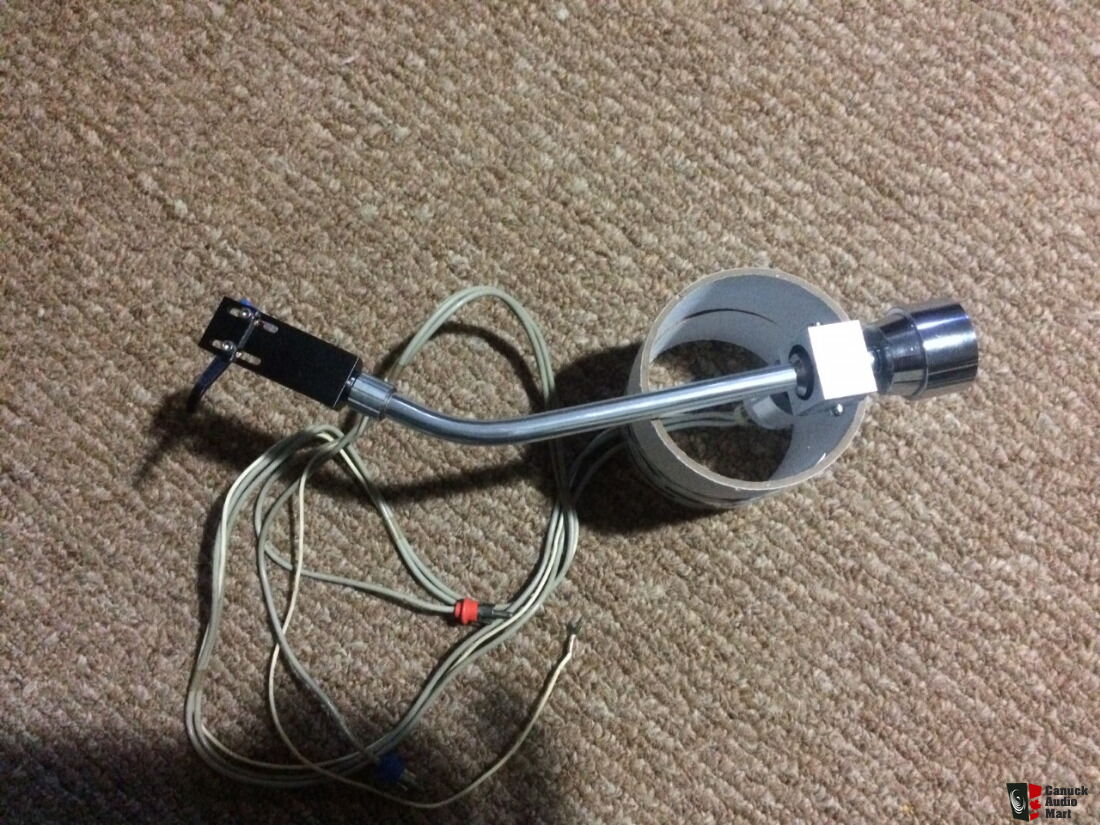Huh.
I don't think the DL-103 is neutral. "Laid back", yes. But it smoothes out the treble and glosses over a lot of HF detail.
It's an easy-listening cart, with "sins of omission", but I wouldn't put it ahead of top tier MI carts like the Nagaoka MP-500 (line contact stylus, boron cantilever), or even value-for-money more modern MC carts of similar price, like the Audio Technica AT33EV (elliptical stylus, alu cantilever).
That being said, the DL-103 is a good all-rounder, but I don't think it's a giant killer.
Well if you look at the frequency graph it only drops about 2dB from 10,000Hz to 20,000Hz which I don't think is too bad. There is surprising little musical information above 10,000Hz. I know this because my Pioneer C-90 has a button which engages at roll-off and 10kHz. I have no idea why it is on there or why anyone would want to use it (well I guess it is kind of fun). But the sound does change, but as much I expected it to.
I was unaware of the AT33EV when I bought the DL-103. From the graphs you posted it looks pretty good. I bought the DL-103 because it is considered something of a "classic" and I wanted to see what it sounded like. For a cartridge designed in 1962 I think it is pretty alright. Also the AT cartridge is about $200 more than 103. Probably not a big difference to many people willing to do what it takes to get an MC cartridge to work, but to me it is a fair amount of money. Although it seems like the extra $200 does translate into "more cartridge".
I didn't know Nagaoka made a MI cartridge. What is the frequency response on it like? I don't think that 103 is exceptionally guilty of "sins of omission". There are many designs both cheap and expensive that have a lot more treble roll-off. I find the treble response adequate for my listening. I listen to a lot of metal and stuff so aggressive snares are a thing. I've always found that 103 conveys the sounds of those in an adequate fashion. Though obviously this isn't a scientific observation.
Perhaps you're right. I like my DL-103, but if I could find something better that was also good value (I am sure there are "better" cartridges, but they are way too expensive) I'd probably upgrade. I'd still take the DL-103 over many expensive cartridges with esoteric designs that cost thousands of dollars. The DL-103 was designed by competent engineers to be an effective and economical cartridge for the Japanese broadcasting industry. It's boring, but it works. The design is very old though and the newer AT you mentioned is probably better.
Some very expensive designs get super uneven frequency response which I would probably hate. Though people like Michael Fremer may gush about the "musical" qualities of such cartridges I am fairly certain they would not be to my taste. I dunno. I am probably biased.
All I want is reasonably flat frequency response. That Nagaoka looks cool, but I have concerns about the capacitance of my system. MC cartridges don't really "care" about such things, but MM and MI cartridges do. My C-90 happens to have the appropriate loading options for the 103 and a good SNR (the MM stage is over 90dB and the MC section is in the 80s—which is actually better than some $2000+ devices from McIntosh, et cetera). I actually want to try a DL-301 II, mk. but it is more expensive. It has similar output and internal impedance impedance to the 103. It is actually about the same price as the AT33EV. Same features too: aluminum cantilever, elliptical stylus. When the stylus on my 103 goes I'll start looking into replacements. I actually wouldn't mind a line contact stylus, but the idea of adjusting the azimuth is unappealing.



